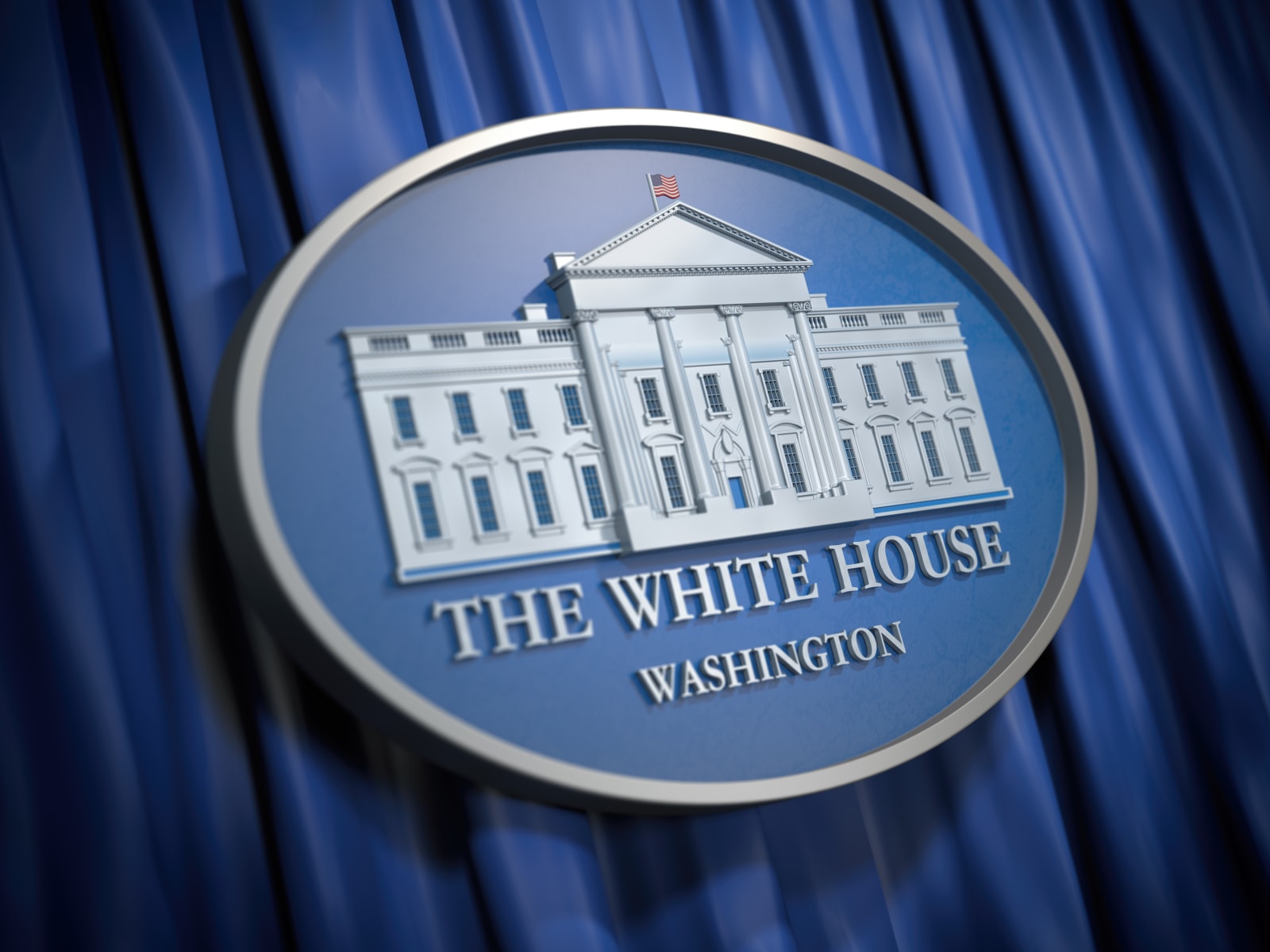
Science and music, many would say opposite sides of the same coin. Unless you're DOE biologist Peter Larsen at the Argonne National Laboratory, who would probably argue your legal tender has been double-headed all along. While Larsen is more likely to be studying the intricacies of microbes than Miles Davis, his latest work puts the two of them closer than ever before. Faced with the task of studying vast amounts of microbial data gathered from the English Channel, the biologist explored alternative ways of making sense of it all. While he could have made a spiffy set of charts, Larsen claims that there are certain parameters, like sunlight and temperature, that give the data a structure that lends itself to musical representation.
While classical music might seem the typical choice, due to the irregular nature of the data, the result is more free-form jazz, yet still surprisingly musical. If you were wondering if there is something particularly groovy about the microbes in the English Channel, there isn't. Larsen and his colleagues used a similar idea in previous work looking at the relationship between a plant and a fungus. This isn't the first time data has been "sonified," but these processes that might initially seem to have no relation to music, rhythm and melody, actually highlight the patterns in natural phenomena. Want to get down to the microbial beat? You can hear a sample at the more coverage link.
[Image Credit: Argonne National Laboratory]
Filed under: Science, Alt
Microbial music: Using sound to represent data from the deep blue sea originally appeared on Engadget on Tue, 02 Oct 2012 12:38:00 EDT. Please see our terms for use of feeds.
Permalink |
 Argonne National Laboratory
Argonne National Laboratory |
Email this |
Comments
 President Donald Trump has revealed his proposed budget for the 2020 fiscal year, which "supports the creation" of Space Force (USSF) as the sixth branch of the armed forces. The White House also hopes to bolster cybersecurity and NASA exploration mi...
President Donald Trump has revealed his proposed budget for the 2020 fiscal year, which "supports the creation" of Space Force (USSF) as the sixth branch of the armed forces. The White House also hopes to bolster cybersecurity and NASA exploration mi...
 President Donald Trump has revealed his proposed budget for the 2020 fiscal year, which "supports the creation" of Space Force (USSF) as the sixth branch of the armed forces. The White House also hopes to bolster cybersecurity and NASA exploration mi...
President Donald Trump has revealed his proposed budget for the 2020 fiscal year, which "supports the creation" of Space Force (USSF) as the sixth branch of the armed forces. The White House also hopes to bolster cybersecurity and NASA exploration mi...














